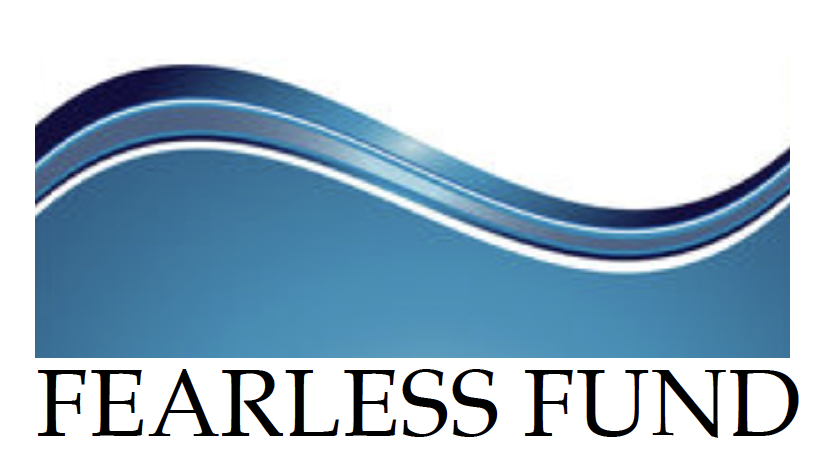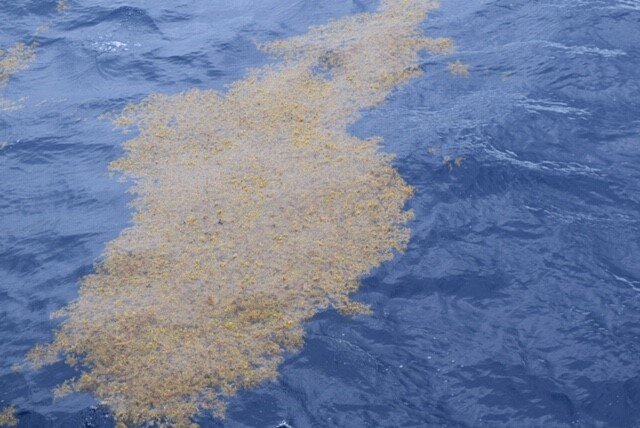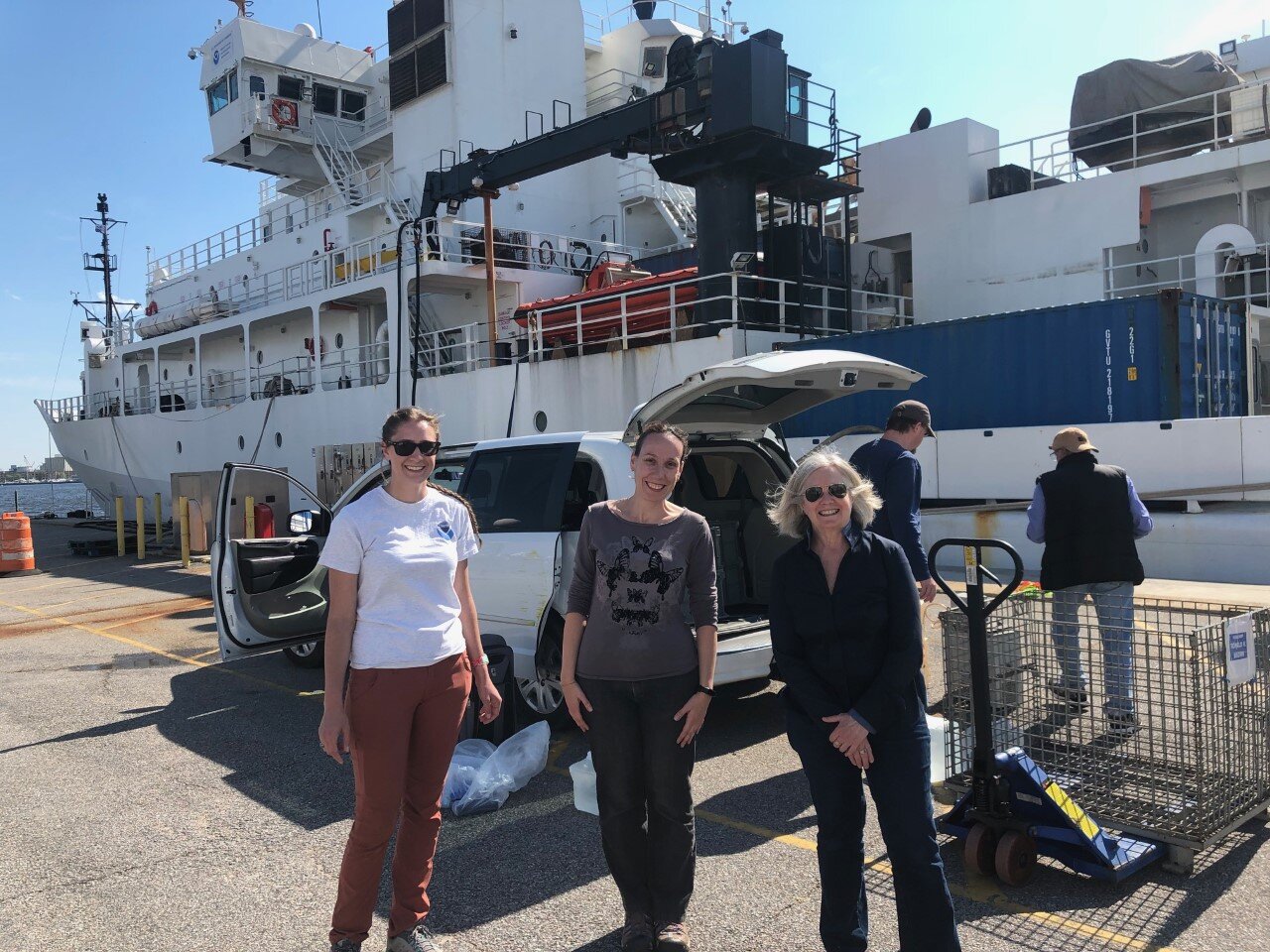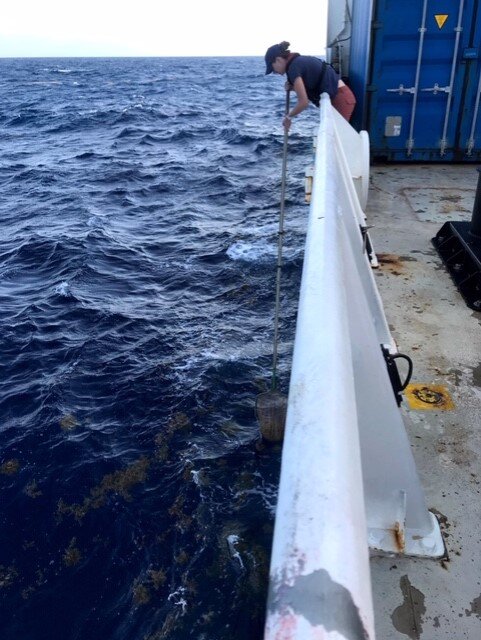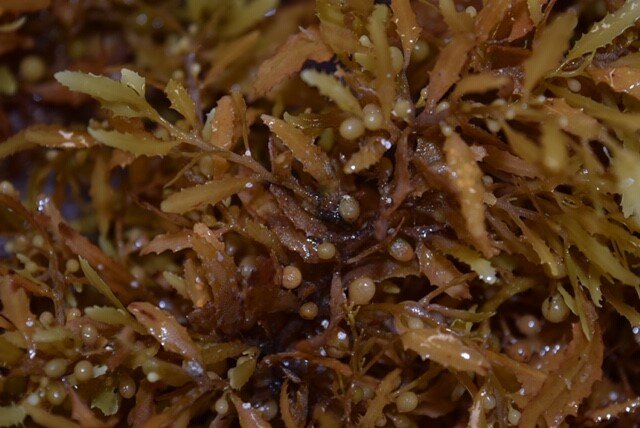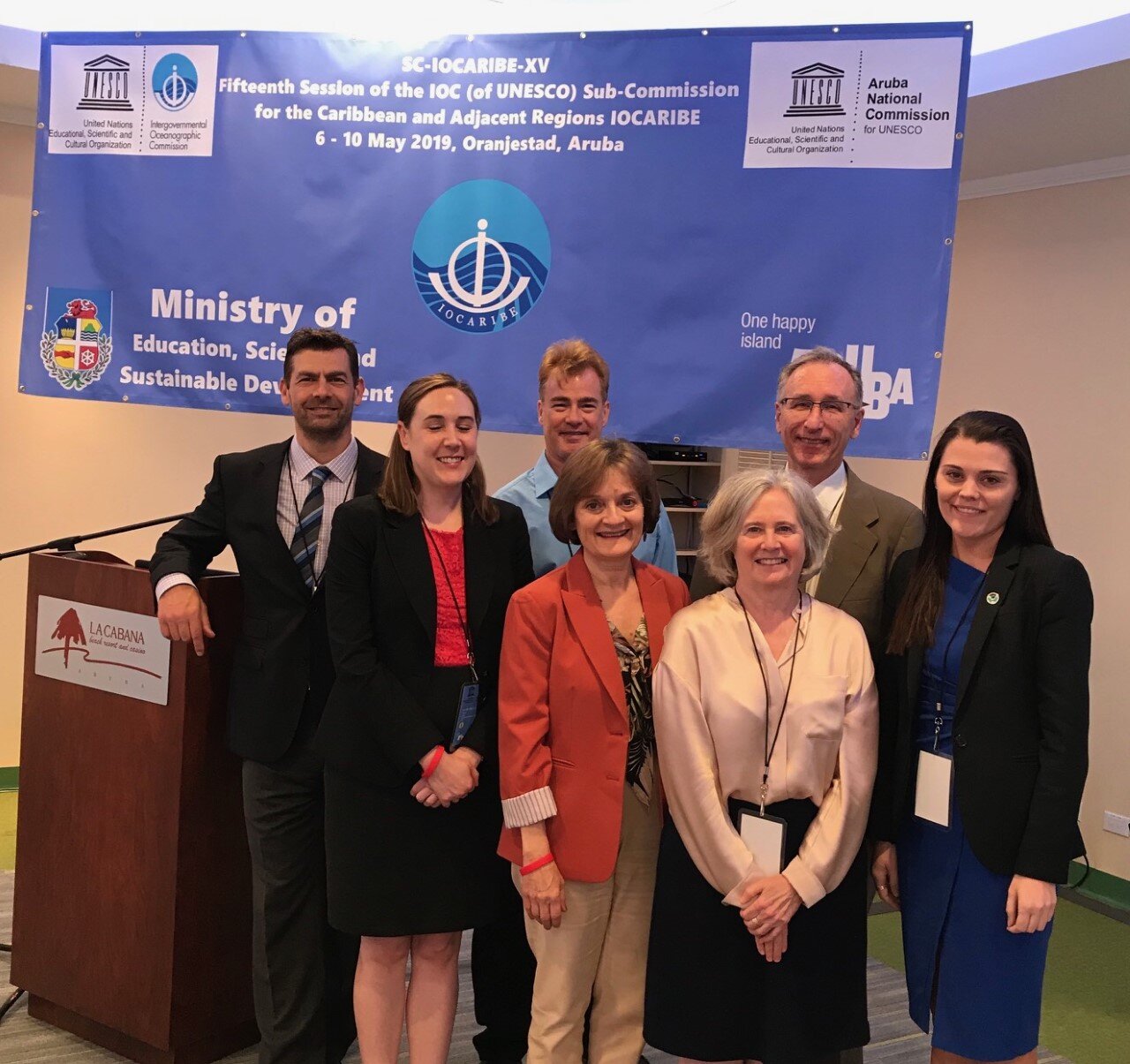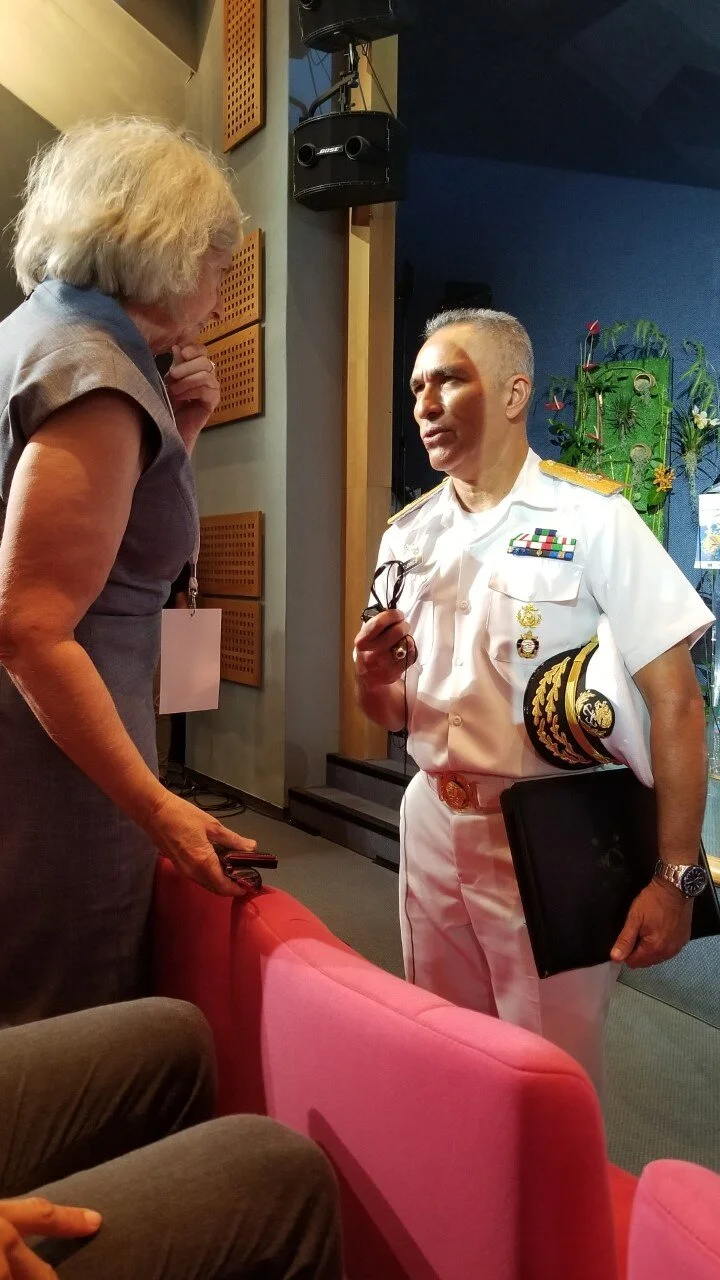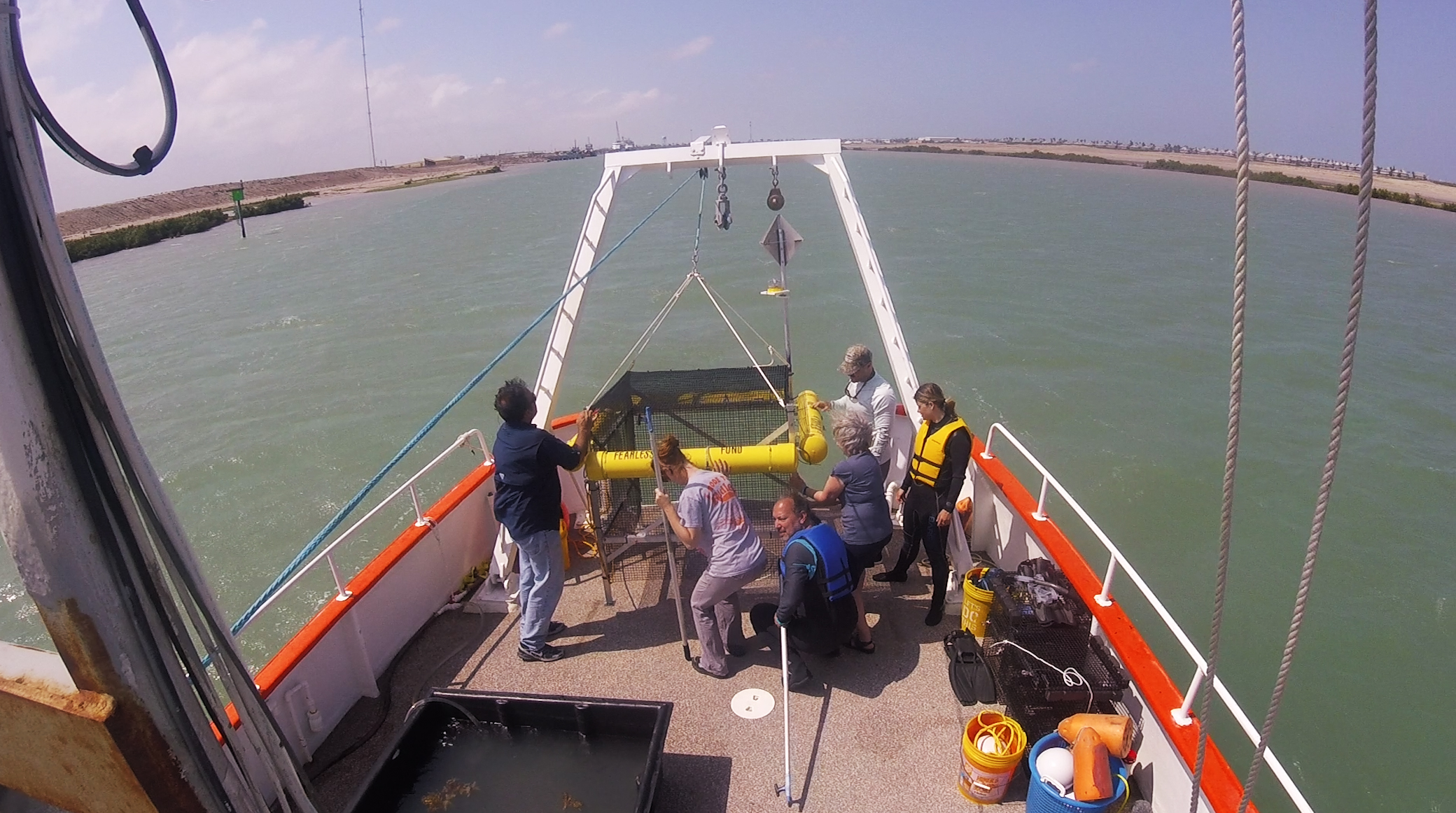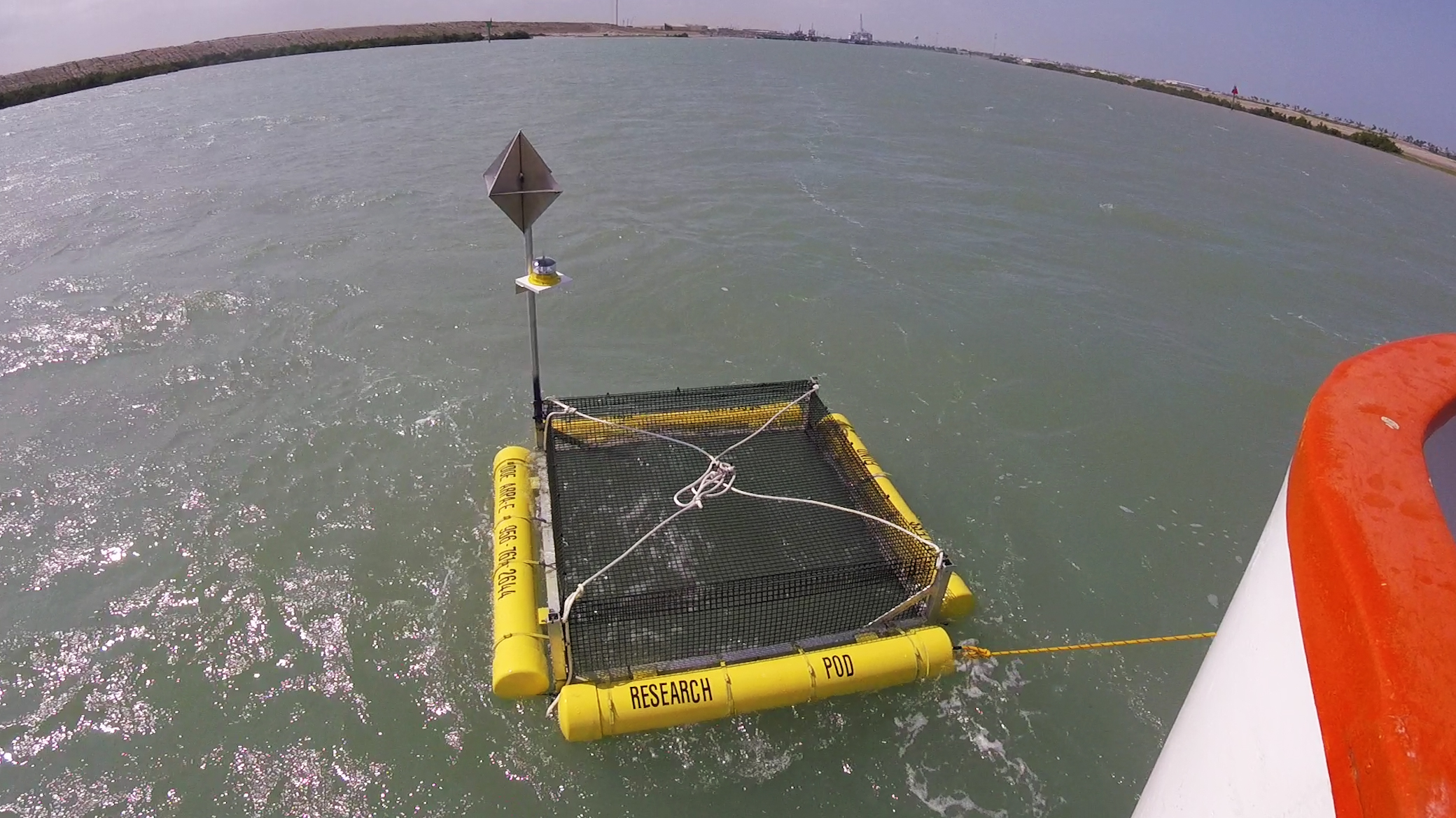Science in times of a pandemic. Our scheduled research cruise to the Great Atlantic Sargassum Belt required quick thinking as the ship was called back to home port. We hired a MA student to collect Sargassum samples—2 months ahead of schedule.
Valentine’s Day in 2020 was a special occasion as Fearless Fund invited friends and donors to the Tabard Inn to celebrate the first Valentine’s Day for the Planet. The exciting program with speed talks, a band of NOAA scientists, a delicious reception and sit-down dinner drew many to this event. The event was sold out, several ecosystems also decided to join the party and Mother Earth called to check in. We can't wait to celebrate Valentine’s Day for the Planet again next year. Will you join us?
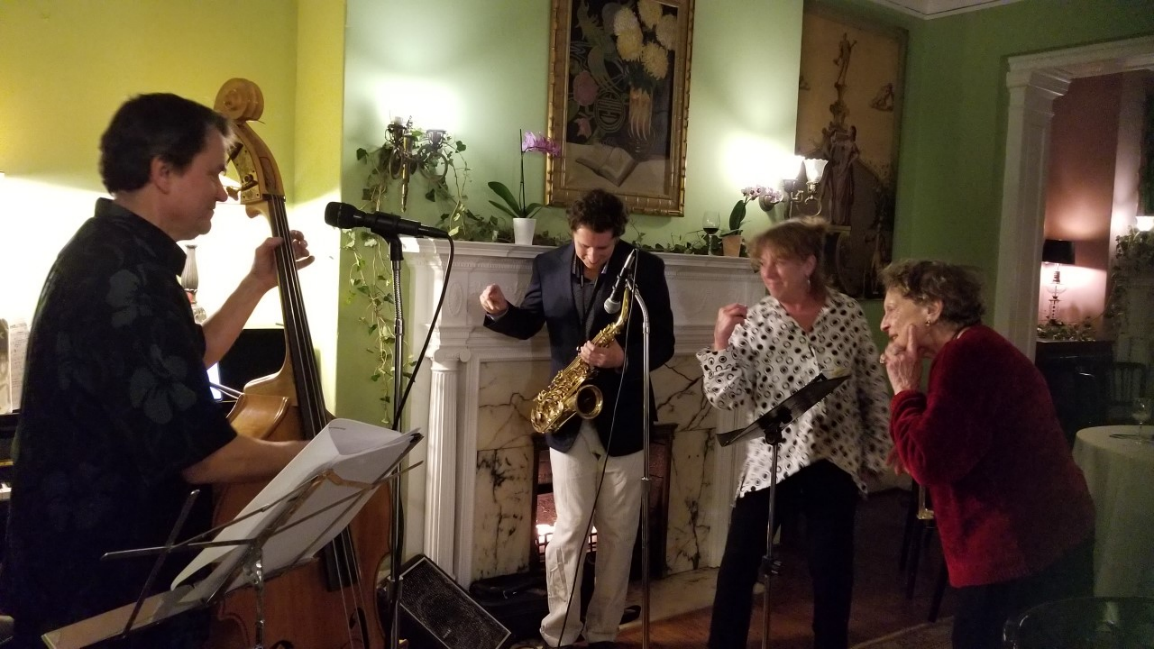
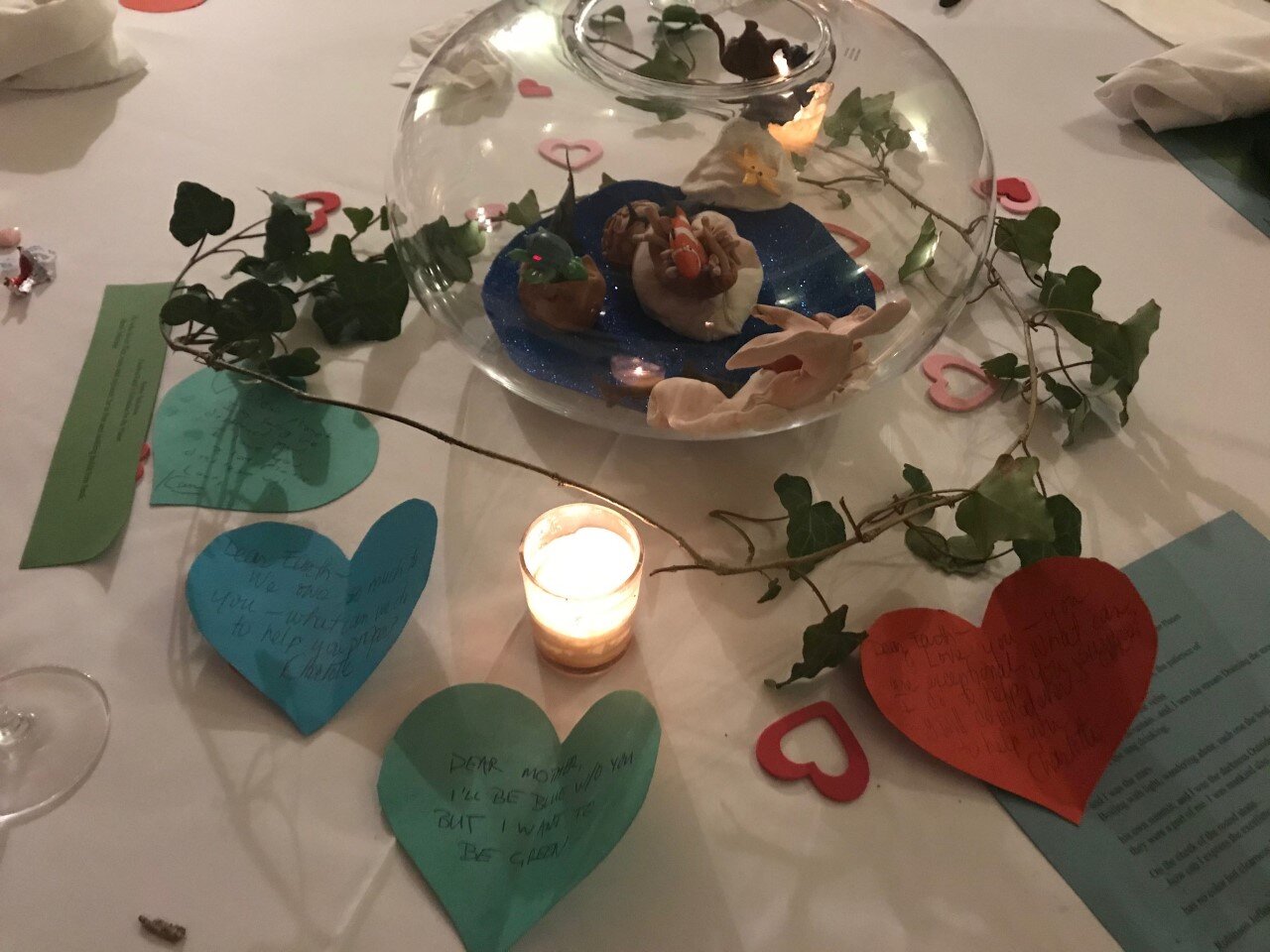

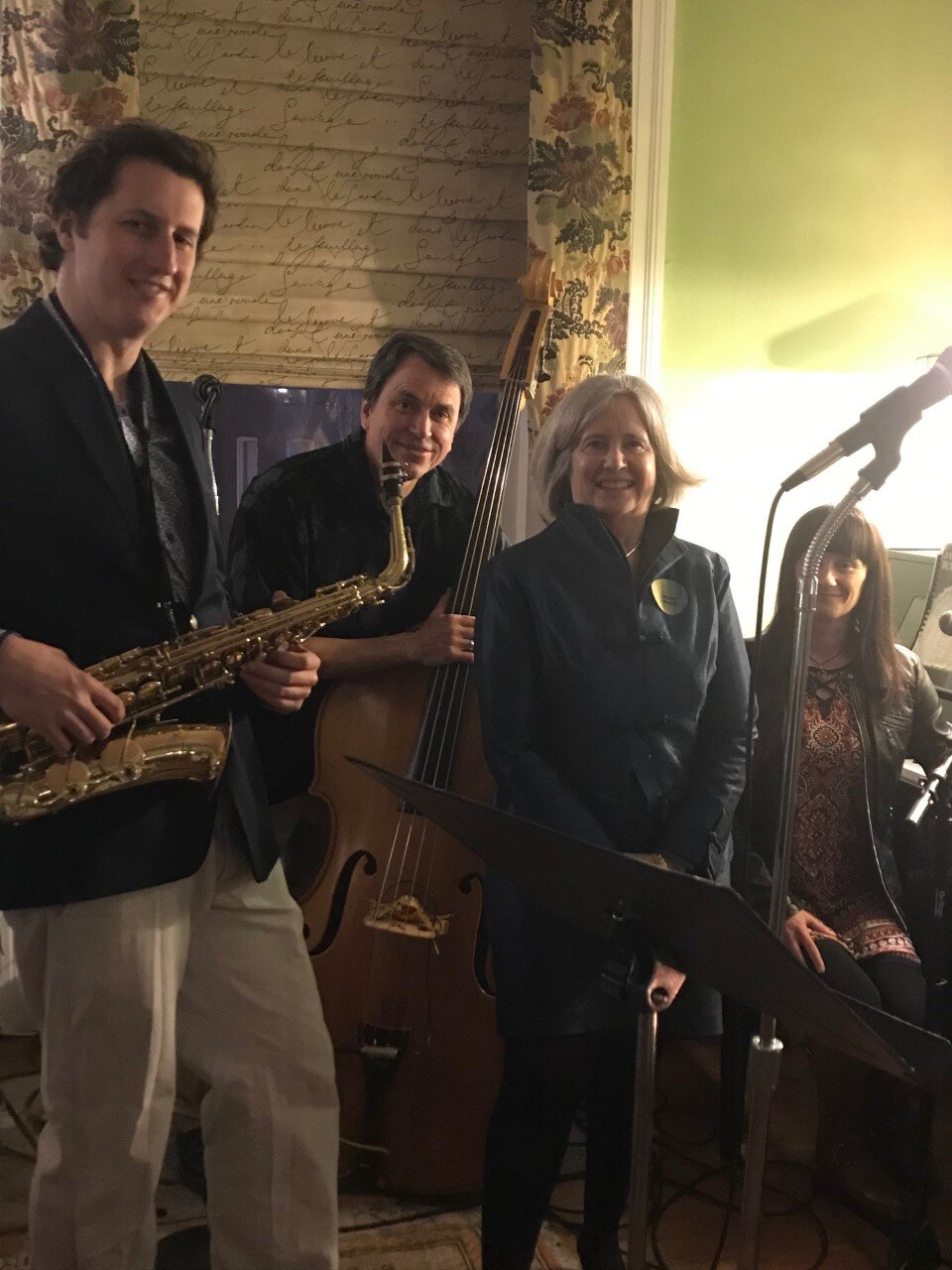
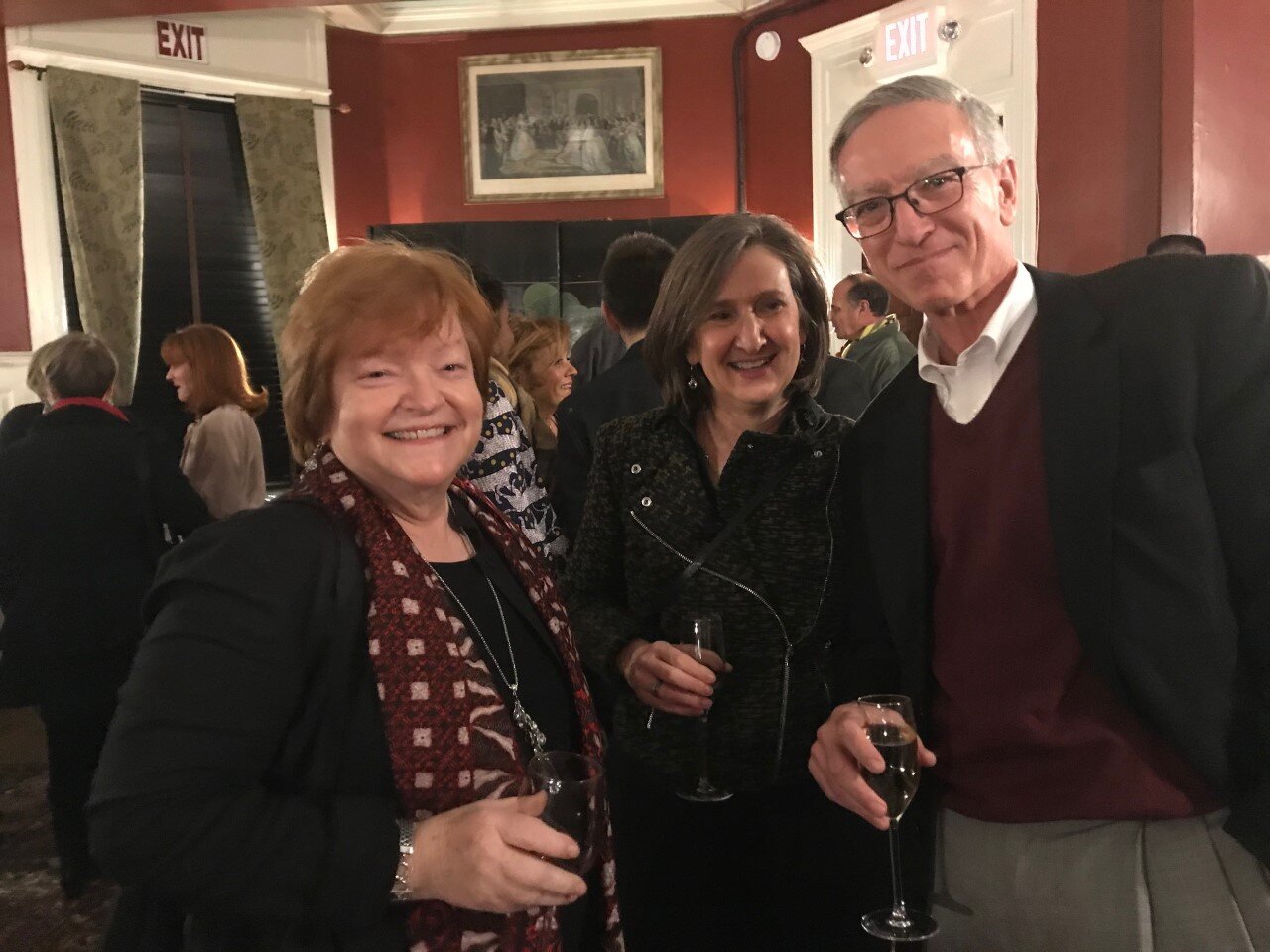
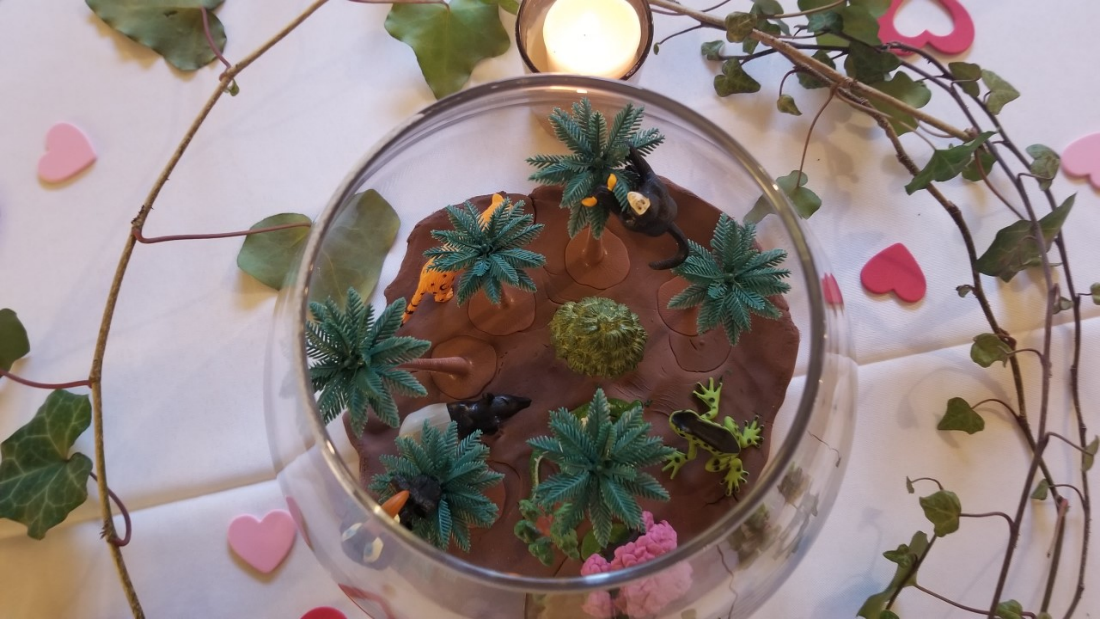
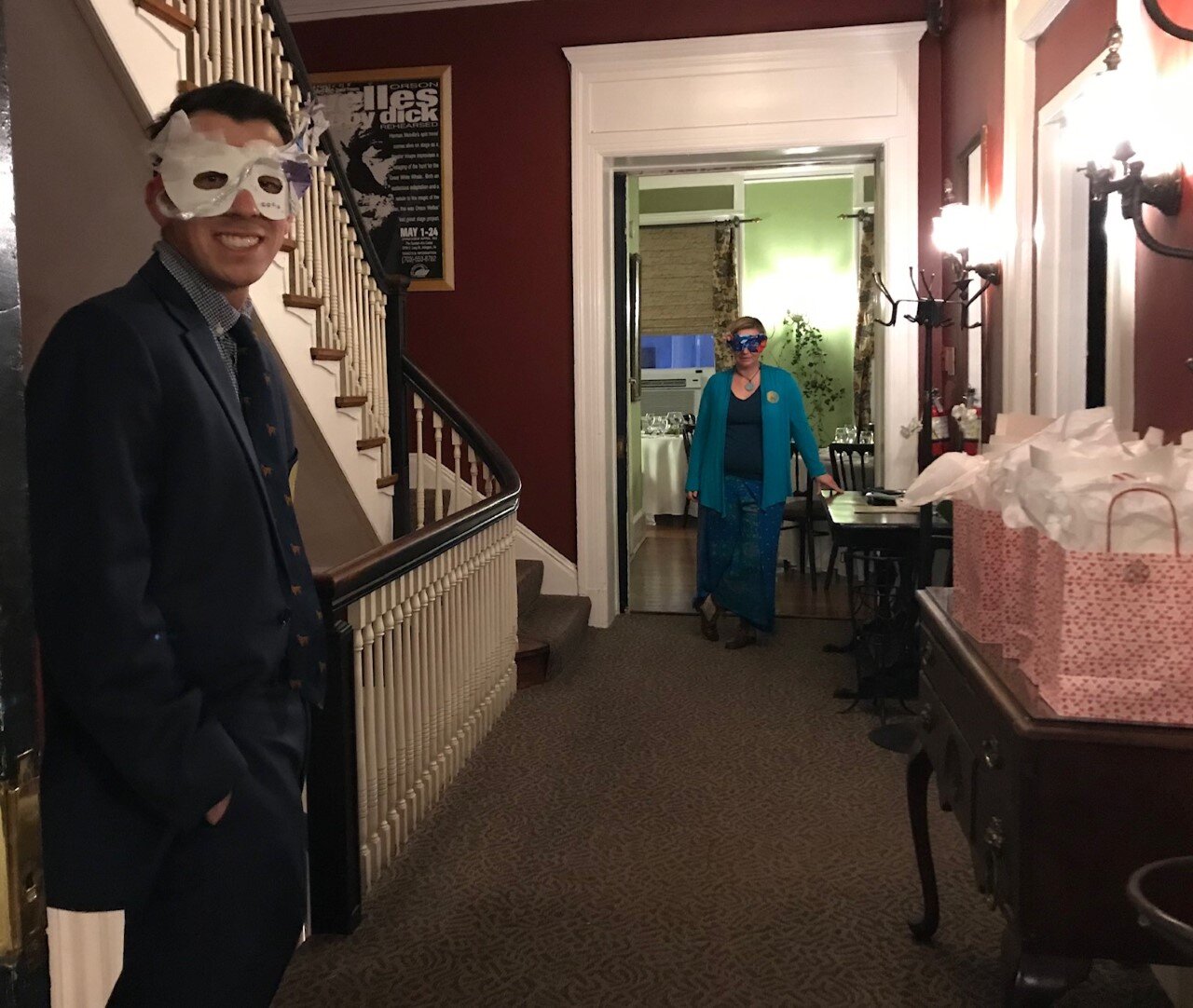
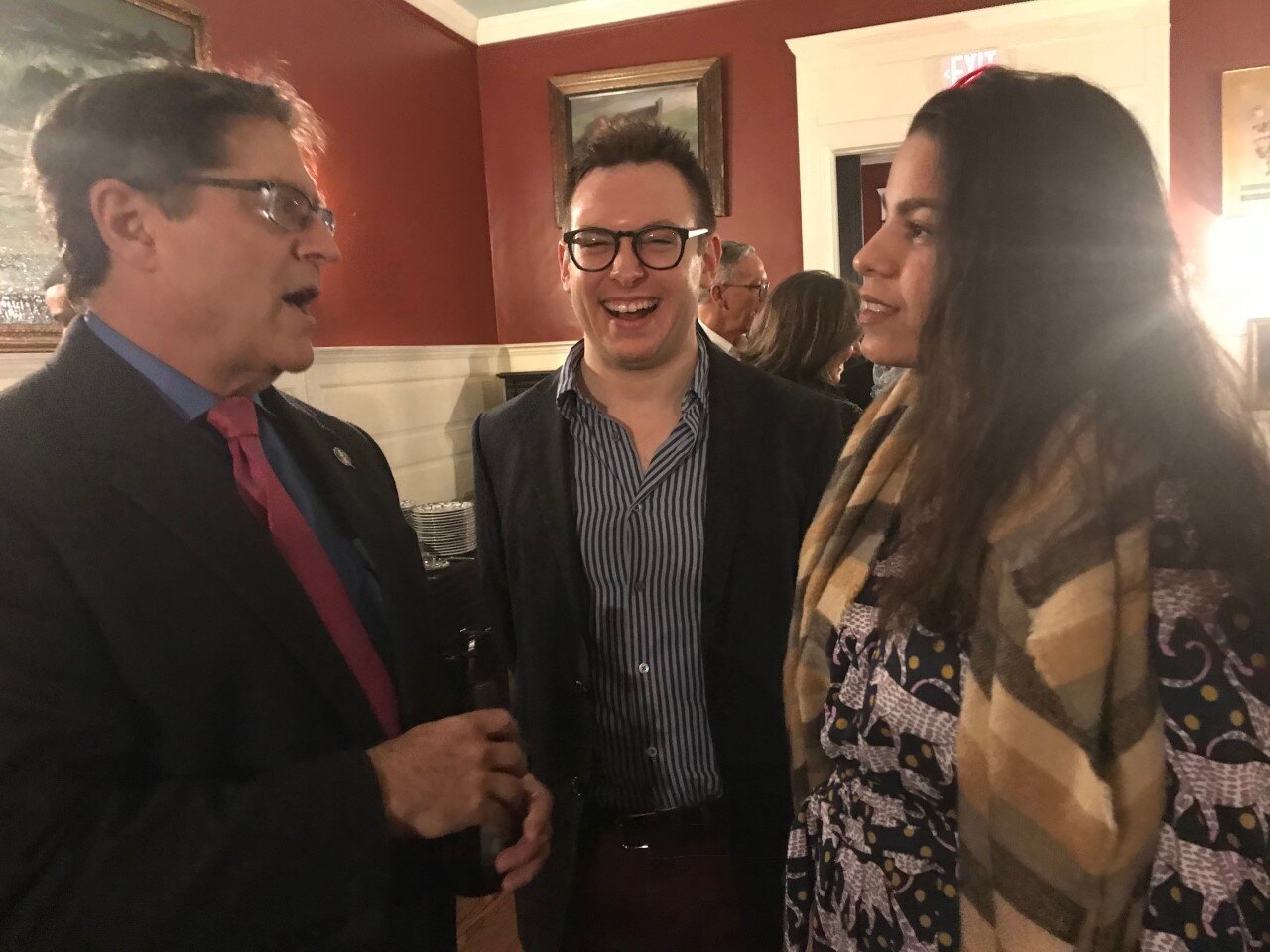
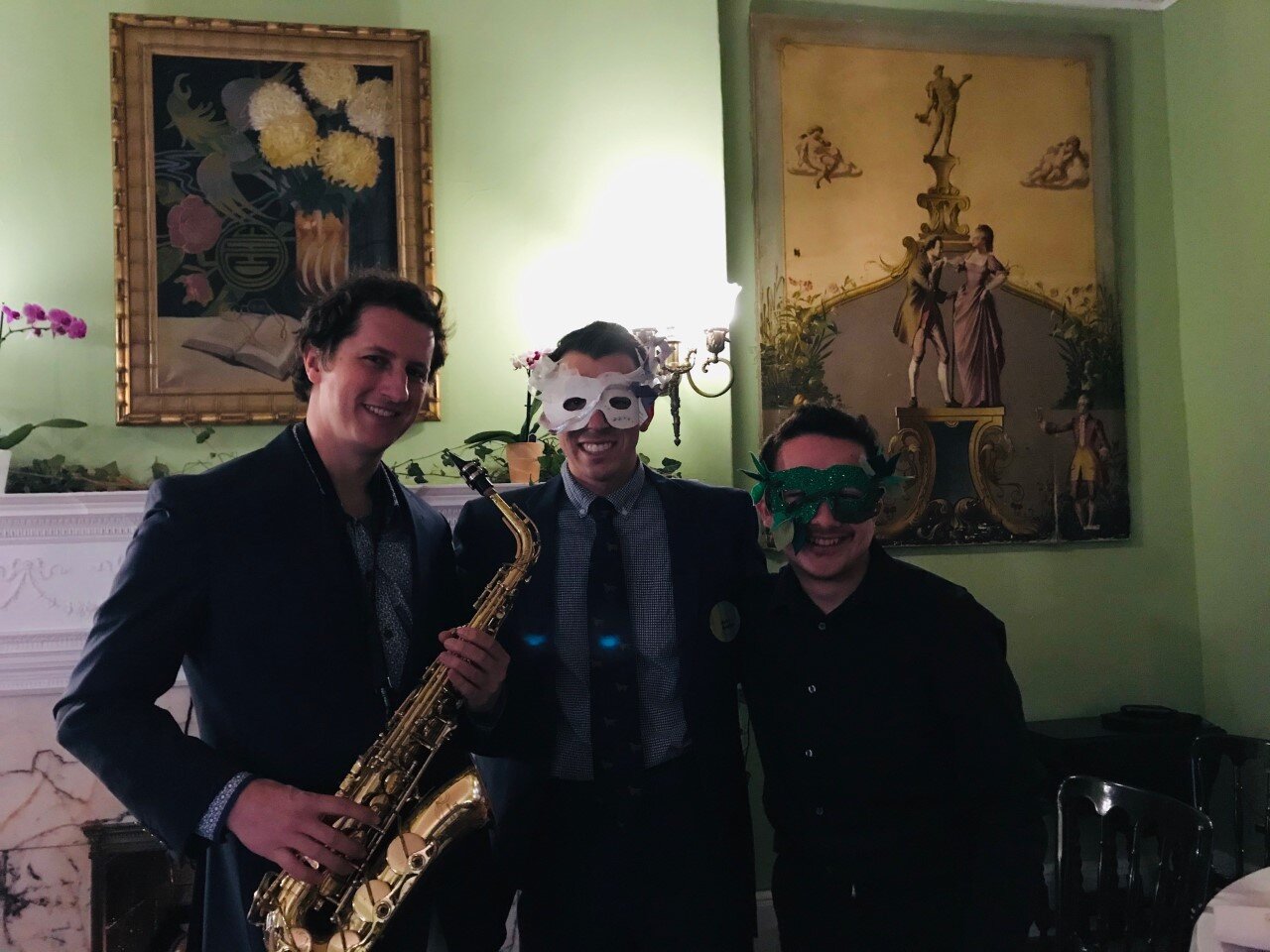
Alyson Myers (right) and Holden Harris (center) present the Fearless Fund plan January 29th 2020 for Phase Two to Erika Montague (left) of the Schmidt Marine Technology Partners at the annual DOE ARPA-E MARINER meeting in Washington, D.C.
The removal of Sargassum costs the Caribbean region yearly around 120 million US dollars, it is therefore not surprising that the region hosted several meetings dedicated to Sargassum in 2019. Fearless Fund attended these meetings to both stay current with the science and to start collaborations with local governments. The first international Sargassum conference and expo in Guadeloupe and the UNESCO IOCARIBE meeting in Aruba are two examples of where Fearless Fund was present in 2019.
Fearless Fund’s President Alyson Myers with the rest of the U.S. delegation at the 2019 UNESCO IOCARIBE meeting in Aruba (left) and discussing the Sargassum problem with Mexico’s head of the NAVY (right).
Climate marchers coincide with Senate meetings on Sargassum in October 2019.
Mexican Senator Beatriz Paredes Rangel (L) discusses solutions with Fearless Fund President Alyson Myers October 2019 in Mexico City after the team’s presentation.
Fearless in Gulf
Fearless Fund team launches first research vessel in Gulf of Mexico for work with DOE ARPA-E to test marine algae for energy conversion. #Sustainability #GulfofMexico #renewable #Innovation #DOE #Energy #science #algae
Department of Energy Announces 18 New Projects to Accelerate Production of Macroalgae for Energy and Other Uses
Fearless Fund – Washington, DC. Ocean Energy from Macroalgae (OEM): Ranching Sargassum (Category I) – $500,000
The Fearless Fund team will develop a new system to enable large-scale seaweed “ranching” using remote sensing and imaging technologies to monitor free-floating, low-impact Sargassum cultivation designed to mimic naturally occurring seaweed mats found in nature. Free-floating farms decouple biomass production from costly, capital-intensive infrastructure and present opportunities to scale production in the Gulf of Mexico and Caribbean Sea. Working along the Texas/Louisiana coastline, the team will use satellite technology and computational modeling to seed, monitor, and harvest Sargassum biomass over a three-month cultivation cycle. By leveraging the wealth of data generated from a suite of sensors, the team seeks to achieve largescale farming without the need for capital-intensive infrastructure.
The full list of MARINER projects can be found here.
Fearless Artists-in-Residence
Fearless Fund's Ariel Horowitz and Lauren Siess play violin and viola for Fearless Fund's work to restore waterways. Composer is Joel Friedman. Fearless Fund President Alyson Myers and Fearless Fund Founder Fritzi Cohen thank everyone for being “Fearless.”
Fearless Fund teaches art students to make paper from seaweed at The Latin American Youth Center in Washington, D.C.
Boardwalk Art Show
Fearless Fund challenges visitors to the Virginia Museum of Contemporary Art's (MOCA) Boardwalk Art Show to propose uses for seaweed to help clean waterways. Greg Vita, papermaker, is at Left. Sue Myers, abstract artist, is at Right.
